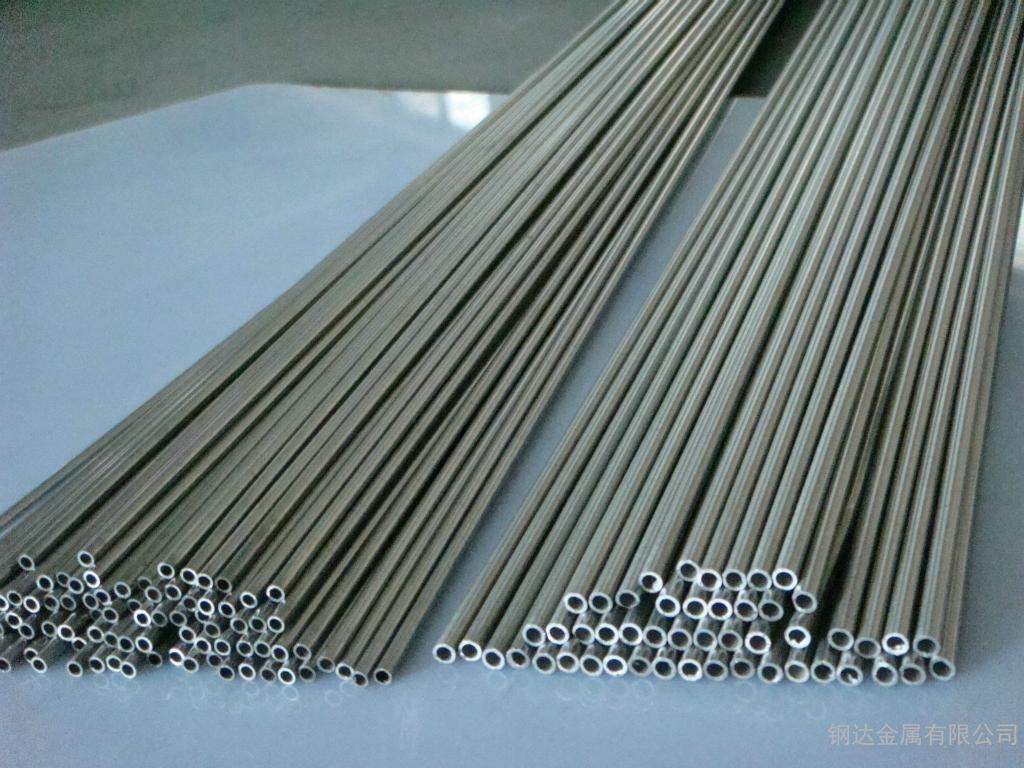Principal Stainless Steel Tube Polishing Methods
Principal Stainless Steel Pipe Polishing Methods
There are three main polishing methods commonly used for stainless steel tubes, each with its own advantages and disadvantages.
1. Mechanical Polishing of Stainless Steel tubes
Mechanical polishing stands out for its ability to produce stainless steel components with exceptional flatness and a high degree of brightness. However, its not without its downsides. This method demands high labor intensity, tends to result in significant pollution, and struggles with the processing of intricate or irregular stainless steel tubing sections. The gloss achieved through mechanical polishing has a short-lived luster, making it prone to rusting. As a result, this method finds its best fit in the realm of simple to moderately complex product processing.
2. Chemical Polishing of Stainless Steel tubes
Chemical polishing takes a different approach. It requires less investment in processing equipment, excels at handling intricate or irregular parts, and offers rapid and efficient results with excellent corrosion resistance. Nonetheless, chemical polishing has its drawbacks, including a relatively lower degree of brightness, gas emissions, the need for proper ventilation equipment, and challenges associated with heating. This method is best suited for processing small batches of complex parts and products with less stringent brightness requirements for smaller components.
3. Electrochemical Polishing of Stainless Steel tubes
Electrochemical polishing presents a host of unique advantages, making it an attractive choice for many applications. It delivers a long-lasting, mirror-like gloss and boasts a stable processing workflow with minimal pollution, cost-effectiveness, and excellent corrosion resistance. However, electrochemical polishing does come with certain limitations, notably a heightened need for pollution prevention measures. Additionally, it requires significant initial investments in processing equipment, tools, and auxiliary electrodes for complex or irregular parts. Mass production setups may necessitate the incorporation of cooling equipment. This method is best suited for large-scale production scenarios and is commonly employed in the manufacturing of various products, including export items and public service goods, thanks to its reliable processing procedures and user-friendly operation.

Polished stainless steel tubes
请输入搜索关键字
确定






